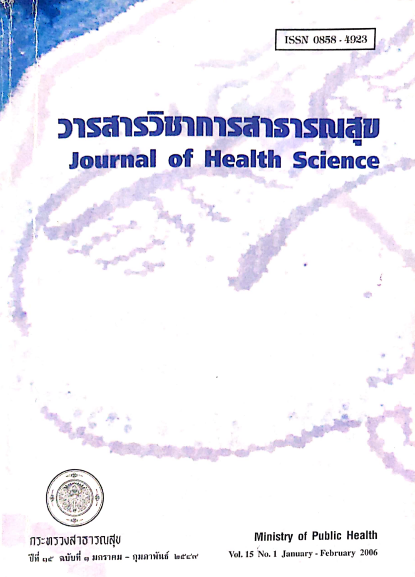Comparison of Pathologic Manifestations of Influenza A H5N1 Disease in Human and Domestic Ducks
Keywords:
avian influenza, H5N1 virus, influenza, infectious disease, pneumonia, pathologyAbstract
Recently, numerous outbreaks of highly pathogenic avian influenza, H5N1 subtype have occurred in various countries in Asia and Eastern Europe. This has caused a global concern that influenza pandemic is imminent. Since infected poultry is the source of virus for humans, mammals, and birds, early detection and control of this disease in poultry is mandatory to avoid expansion of the virus in the environment and reduce the risk of viral transmission to humans and other species. Besides molecular genetic studies, histopathology and immunohistochemical techniques are the important diagnostic tools for the detection of H5N1 disease in humans and animals. A comparative study of histopathologic changes in humans and ducks was carried out based on the postmortem materials obtained during the 2004 outbreak in Thailand. H5N1 virus caused lethal systemic infection in domestic ducks with viral antigen found in their various damaged organs and in macrophages within the spleen. Whereas pathologic changes were more limited in the fatal cases of human infection with lung involvement as the most prominent and consistent features.
Downloads
Downloads
Published
How to Cite
Issue
Section
License
Copyright (c) 2019 Journal of Health Science

This work is licensed under a Creative Commons Attribution-NonCommercial-NoDerivatives 4.0 International License.







